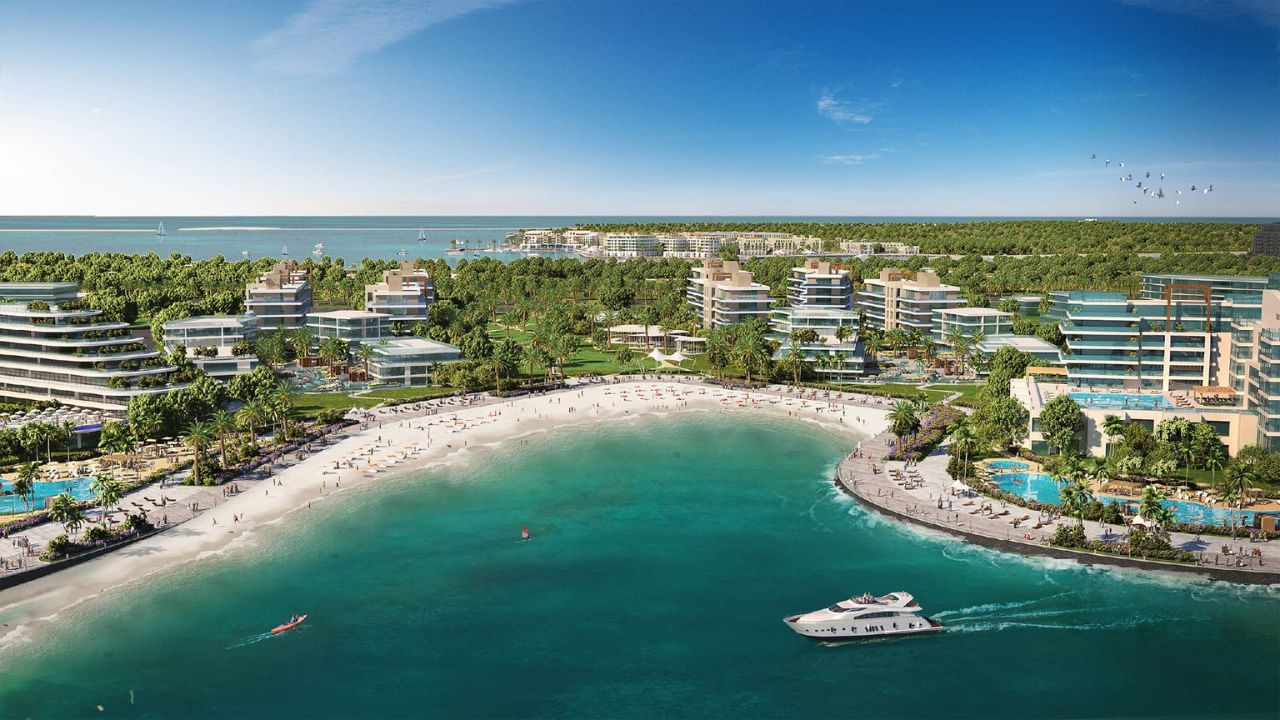
When evaluating capital appreciation and risks in real estate, few destinations offer as much promise as Dubai Islands. Brimming with waterfront potential and visionary master planning, this emerging enclave could deliver substantial value growth but not without possible pitfalls.
Why Capital Appreciation Is Promising in Dubai Islands
Dubai Islands represents one of Dubai’s newest real estate frontiers, developed by Nakheel and featuring hotels, residences, marinas, and beach amenities. Here’s what drives its appreciation potential:
- Premium waterfront positioning: Properties directly on the seafront command high buyer interest.
- New tourism infrastructure: With over 80 planned hotels and resorts, land and property values have a strong demand basis.
- Limited comparable inventory: Few other Dubai locations offer similar land scale and mixed-use planning.
- Strong developer credentials: Projects by Nakheel tend to command higher resale values and steady gateup.
- Urban expansion trend: As Dubai’s shoreline grows, so does the allure of untouched, high-profile developments.
Early off-plan buyers from 2022–2023 have already seen capital gains of 12% to 18% upon initial handover, demonstrating real market momentum.
Historical Performance & Short-Term Trends
While Dubai Islands is still emerging, pieces of evidence support its growth narrative:
- Resilient Dubai property market: Even established waterfront areas like Palm Jumeirah have shown consistent value increases through economic cycles.
- Secondary market activity: Completed towers such as Nakheel’s Waterfront Residences report growing resale interest and rising prices.
- Branded-component impact: Hotel-branded units, though pricier upfront, boost resale appeal and liquidity.
Forecasts for 2024–2025 suggest annual appreciation of 8% to 12% for key projects, especially those nearing completion and with strong amenity offerings.
Top Projects Driving Capital Appreciation
- Nakheel Waterfront Residences – One of the first ready-to-live projects, offering off-plan buyers early gains and increasing resale momentum.
- Riu & Centara Mirage – Hotel-residence hybrids that offer both operational rental income and capital-upside.
- Future-themed sectors – Cultural and eco-district zones designed to add value as the full master plan rolls out.
These assets stand out for their completion status, developer credibility, and direct connection to island amenities.
Key Risks to Factor In
Despite the growth prospects, potential risks remain that investors must consider:
- Construction timeline delays: Many projects on Dubai Islands are still mid-build and may face handover setbacks.
- Market volatility: Dubai’s property values can fluctuate based on global economic trends, credit conditions, and interest rate cycles.
- Oversupply challenges: New large-scale developments could saturate the market if absorption is slower than expected.
- High service and maintenance costs: Waterfront properties often come with premium fees that can reduce net returns.
- Planning and regulatory shifts: Any change in master plan, ownership rules, or tourism policy could impact investor confidence and valuations.
How to Mitigate Risk & Maximize Appreciation
Savvy investors adopt several strategies to balance the capital appreciation and risks in Dubai Islands:
- Choose near-complete or completed properties to reduce construction risk.
- Diversify across unit types: mix studios, apartments, and villas to balance cashflow and appreciation.
- Partner with reputable developers like Nakheel with strong track records.
- Monitor payment schedules on off-plan purchases to capitalize on price tiers.
- Track regional market trends (e.g., through DLD and RERA data) to spot early value shifts.
Based on current trends and planning, Dubai Islands is projected to yield annual capital appreciation of 7% to 10% over the next 3–5 years. As infrastructure and resort openings advance, property demand and market liquidity are expected to deepen—especially for high-quality, marina-front assets.
Short-term investors may target up to 15% gains upon handover, while long-term holders could enjoy steady appreciation with annualized growth in the high single digits.
Dubai Islands is shaping up to be a prime venue for capital appreciation and risks—balancing impressive growth potential with typical new-market hazards. By emphasizing quality projects, strategic timing, and sound risk management, investors can position themselves to benefit from this emerging waterfront asset class.
